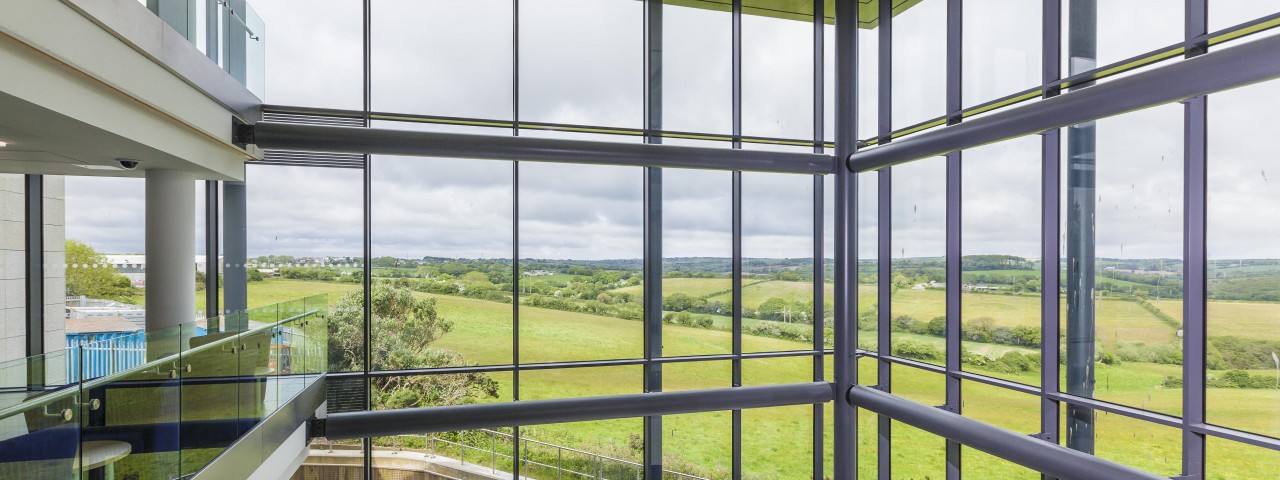
1st February, 2016
As we settle in to 2016, many business owners are making plans to overhaul some area of their life – to take more care of their health, address that work-life balance – but also to look after their business’s future too. If heart rate, BMI and cholesterol levels are indicators of personal health, then surely profitability, cashflow and the ability to invest are equivalent indicators of business health?
We’ve cast out our net to uncover some interesting facts and figures concerning the state of business finances, both locally and against a national context. So how ‘healthy’ are our local businesses feeling?
The latest figures from Cornwall Chamber’s Quarterly Economic Survey (QES), published for Q4 2015, show a welcome improvement in Business Confidence following a dip in Q3 2015:
These figures align with findings from national surveys by the CBI and the Federation of Small Businesses which indicate that financial performance is holding steady.
The latest Confederation of British Industry (CBI) Growth Indicator shows economic growth across the private sector picked up in the three months to December 2015. The survey of 766 respondents which comprises the manufacturing, retail and business & consumer services sectors found growth improving, with the balance of firms reporting rising output at +20%, compared with +13% in November and well above the long term average of +5%. Recovering growth across the retail and wholesale sectors was buoyed by a strong year end among business and professional services, though manufacturers, especially exporters, continue to face difficult times. Overall the economy is expected to grow at a similar pace over the next three months.
The FSB ‘Voice of Small Business Index’ Q3 2015[1] reported that a net balance of 19% of small businesses report turnover rising over the past three months – a share that has remained largely stable since the second half of 2014. Firms were expecting revenue growth to increase in the next three months (to December 2015), with a net balance of 26% predicting an increase. The same trends were seen for profitability, with a balance of between 10% and 20% of firms reporting growth in gross profits each quarter since late 2014. Investment intentions cooled slightly, but remained solid with 22% of firms expecting to increase capital investment in the next 12 months, slightly down from 26% in Q3 2014.
Operational costs were reported as increasing by a net balance of half of small businesses surveyed, which had crept up slowly since the start of the year, when the share stood at 44%. One of the key drivers for this cost growth came from faster wage growth, which is obviously expected to rise further. Despite the increase in the balance of small firms reporting cost increases, the proportion was still 4% lower than at the same point in 2014 and the FSB report attributes this year on year decline in cost inflation in a large part due to lower fuel and energy prices.
As small businesses grow more resilient, there is a matched decline in the number of company insolvencies in the UK. According to the latest official statistics released by The Insolvency Service, in Q3 2015 the number of company insolvencies in England and Wales continued to decrease, to an estimated 3,539 companies. Compulsory liquidations decreased to their lowest level since Q3 1989 and overall the liquidation rate was at its lowest level since comparable records began in Q4 1984.
Availability of finance
The availability and affordability of finance was reported by the FSB survey as on the up, with a record 62% of businesses being successful in accessing credit in the last quarter (Q2 2015) among the broadly stable 15% of firms that apply. This is the highest level since the series began at the start of 2012.
Larger “small” businesses were more likely to have applied for credit – 20% of those with 21 to 50 employees applied compared to just 8% of those with no staff. Small manufacturers were some of the most likely to seek credit (23.5% of firms) compared to 5% of professional services firms.
The average rate of interest being offered continued to decline, to 4.9% in Q3 2015 from 6.2% a year ago. Overdrafts were the most popular borrowing facility, amongst 60% of applicants; next most popular was a bank loan for 38%. Other kinds of financing, including export finance, seed capital, angel investments, venture capital and peer to peer lending, were much less popular amongst the small businesses surveyed.
Overall, it is an encouraging trend that small businesses are able to access the finance they need to fund investment or to manage cashflow, however the FSB report indicates that it may be one that starts to reverse in 2016, alongside potential rises in Bank of England base rates. Because the lending landscape has changed so considerably since the last time base rates were higher than the current 0.5% rate in 2009, with many more alternative providers of finance including crowdfunding, things are difficult to predict.
Need more research to back up your funding application? Please get in touch.
[1] July – August 2015 research survey of FSB members carried out by Verve – figures based on 1,580 responses.